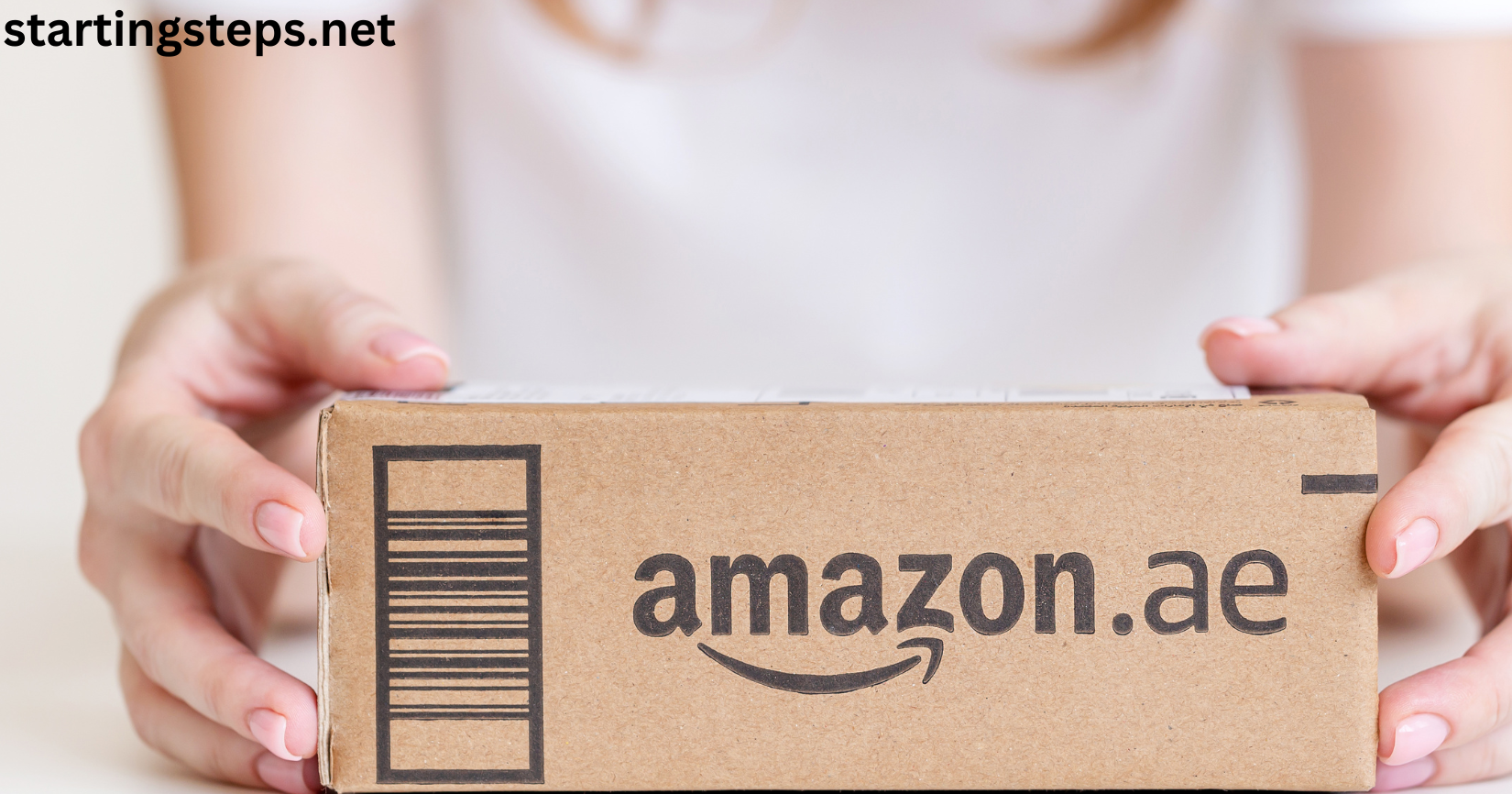Starting an Amazon business is one of the most accessible ways to enter the world of e-commerce. With Amazon’s vast customer base, robust logistics, and trusted reputation, you have the perfect platform to reach millions of customers worldwide. Whether you want to sell handmade products, dropship, or offer wholesale goods, this guide will walk you through the process of starting and growing a successful Amazon business.
Why Start an Amazon Business?
Starting an Amazon business offers several advantages:
- Global Reach: Access millions of customers across the world.
- Low Startup Costs: Begin with minimal investment compared to traditional retail.
- Reliable Fulfillment Options: Amazon handles shipping, returns, and customer service through Fulfillment by Amazon (FBA).
- Scalability: Grow your business without worrying about logistics.
Steps to Start an Amazon Business
Step 1: Choose a Business Model
Amazon offers several business models. Choose the one that best suits your goals:
- Retail Arbitrage: Buy products at a lower price from retail stores and sell them on Amazon for a profit.
- Wholesale: Purchase goods in bulk from manufacturers and resell them on Amazon.
- Private Label: Create your brand by sourcing products and labeling them with your branding.
- Dropshipping: Sell products without holding inventory; your supplier ships directly to the customer.
- Handmade: Sell your handmade products through Amazon Handmade.
Step 2: Conduct Market Research
Understanding market demand is crucial to choosing the right product to sell. Use tools like Jungle Scout, Helium 10, or AMZScout to analyze market trends, competition, and pricing.
Product Selection Tips
- Look for High Demand: Products with consistent sales indicate a strong market.
- Choose Low Competition: Avoid markets dominated by big brands or overcrowded with sellers.
- Consider Profit Margins: Ensure your product has at least a 30% profit margin after expenses.
Step 3: Create an Amazon Seller Account
Sign up for an Amazon Seller Account:
- Individual Account: Best for beginners selling fewer than 40 items per month (no monthly fee).
- Professional Account: Ideal for larger businesses (monthly fee of $39.99).
Follow these steps:
- Visit Amazon Seller Central.
- Provide personal or business information.
- Enter tax and banking details for payments.
Step 4: Source Your Products
Depending on your chosen business model, source products from reliable suppliers. Here are a few sourcing methods:
| Sourcing Method | Description | Best For |
|---|---|---|
| Retail Arbitrage | Buying discounted retail products | Beginners and budget sellers |
| Online Wholesale | Bulk purchases from suppliers | Medium-scale businesses |
| Private Label | Manufacturing with custom branding | Long-term brands |
| Dropshipping | Supplier ships directly to customer | Low investment options |
Step 5: List Your Products
Optimize your product listings to attract customers:
- Title: Include primary keywords, product benefits, and brand name.
- Bullet Points: Highlight key features and benefits.
- Description: Provide a detailed yet easy-to-read product description.
- Images: Use high-quality images showing multiple angles of the product.
Step 6: Set Pricing Strategies
Pricing affects customer decisions and profit margins. Use the following strategies:
- Competitive Pricing: Match or slightly undercut competitors.
- Value-Based Pricing: Charge based on the product’s perceived value.
- Promotions: Offer discounts or coupons to attract initial buyers.
Step 7: Choose Fulfillment Options
You can fulfill orders in two ways:
- Fulfillment by Amazon (FBA): Amazon handles shipping, returns, and customer service for a fee.
- Fulfillment by Merchant (FBM): You handle all aspects of fulfillment independently.
Step 8: Market Your Amazon Business
Drive traffic and increase sales using these methods:
- Amazon PPC Advertising: Target relevant keywords to appear in search results.
- Social Media: Use platforms like Instagram, Facebook, and Pinterest to promote your products.
- Email Marketing: Build an email list and send updates or promotions.
Managing Your Amazon Business
Monitor Performance Metrics
Keep an eye on key metrics to assess your business’s performance:
| Metric | What It Tracks | Why It’s Important |
|---|---|---|
| Conversion Rate | Percentage of visitors who buy | Measures sales efficiency |
| Return Rate | Percentage of returned products | Identifies quality issues |
| Amazon Ranking | Your position in Amazon search | Impacts visibility |
| Feedback Score | Customer reviews and ratings | Builds trust and reputation |
Handle Customer Service
Provide excellent customer support by:
- Responding promptly to inquiries
- Resolving complaints or issues professionally
- Encouraging positive reviews without violating Amazon’s policies
Plan for Growth
As your business expands, consider these steps:
- Launch new products in related categories.
- Expand to international Amazon marketplaces.
- Invest in advanced marketing strategies like influencer collaborations.
Conclusion
Starting an Amazon business is a viable and rewarding way to enter the e-commerce space. By choosing the right business model, conducting thorough market research, and optimizing your product listings, you can create a profitable business on Amazon. Whether you start small with retail arbitrage or launch a private label brand, the opportunities for growth are limitless. With dedication and consistent effort, you can build a sustainable Amazon business that thrives in a competitive marketplace.
FAQs
What do I need to start an Amazon business?
You need a computer, an Amazon Seller Account, initial investment for inventory or products, and market research tools.
How much money is required to start selling on Amazon?
Startup costs range from $500 to $5,000, depending on your business model and product sourcing method.
How does Fulfillment by Amazon (FBA) work?
FBA lets you store your products in Amazon’s warehouses. Amazon handles shipping, customer service, and returns for a fee.
Can I sell on Amazon without inventory?
Yes, you can use the dropshipping model, where suppliers fulfill orders directly to customers.
Is it hard to succeed on Amazon as a beginner?
Success depends on proper research, high-quality products, competitive pricing, and effective marketing strategies.
